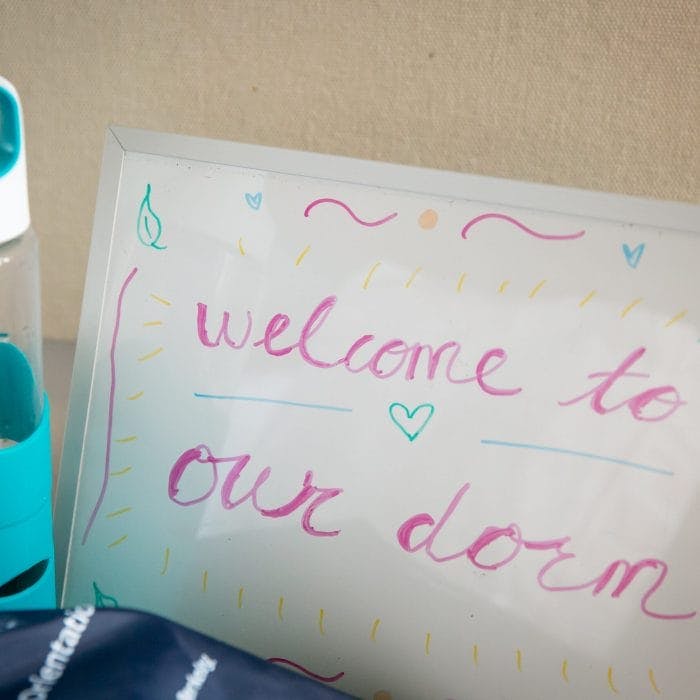January was a busy month for our project team exploring loneliness on college campuses. In January, we attended the National Association of Student Personnel Administrators (NASPA) Strategies conference to hear from administrators working to better the lives and well-being of their students. We were humbled by the level of concern and by the genuine commitment presidents, student affairs professionals, and clinicians have when it comes to meeting the mental health needs of their students. Attendees quickly became collaborators- participating in deep dialogue and contributing insightful observations.
Our Thursday morning our sessions focused on learning, networking and engaging with other professionals whose careers also focused on student well-being while anxiously awaiting our own session later in the afternoon. Being one of the only nonprofits in the building, people had plenty of curiosity what a social innovation lab from the Bay Area would be doing at a college focused well-being conference, and we couldn’t wait to show them. We prepared that afternoon for what we thought would be an intimate session sharing our five research insights on loneliness developed over the last year. A short 10 minutes before the start time of our session, the room attendance overflowed what seemed to be the small number of chairs. The room was PACKED – people littered against the walls and deciding if the floor would be more comfortable than standing against the wall to avoid spilling out even into the common space. Despite how crazy, (not to mention warm), it was in the conference room, people were still willing to wiggle themselves in or even pull up a chair right outside the door to hear what we had to say. It was clear, then as it is now, that loneliness is an important topic for those working with students, and people were willing to do anything to learn more about how to reduce it. Even if that meant sitting on the floor.
The session was organized to share out the five research insights developed by Hopelab guiding our core project work. And while we got the opportunity to do that, we were able to leverage the session for so much more due to the high volume of attendees. The whole point of this session was to receive feedback from the people directly interacting with these students daily, and just ten minutes in, we could tell they couldn’t wait to share.
We heard from a “recovering admissions officer” who commented how “so spot on our presentation was because – we [admissions] present this hope and dream of college. There’s the hope that you’ll get admitted, there’s the hope that you could join any one of these thousands of student organizations. Then they have to apply, they have to audition, and then they get cut.”
Another college counselor who works at a small private college in the mid-south shared her personal experience on how parents and other family members of legacy students can perpetuate the myth of instantaneous friendship. And we heard glimmers of hope too. The University of Nevada Reno shared stories of their orientation resiliency program that gives students strategies to deal with anxiety and the overwhelming transition. They even go the extra mile to support and educate parents about their child’s transition.
The most notable part of this session was the amount of support from other administrators in the room. Their audible agreeance made it clear that these are the people working directly with students, understand them and what they’re struggling with and how desperately they want to innovate programs to meet students where they are and empower them along the way.
Administrators, counselors, and presidents all agree – it is not enough to create opportunities for students to meet each other. Administrators need tools to more adequately equip students with the tools they need to avoid falling into the cycle of disconnection. We want to help students build satisfying social connections – and it’s clear administrators do too. But many students aren’t sure where to start, and while administrators are there to help they need solutions to scale to their student populations. Providing a tool, in our case, a digital tool, that equips them with the mindset and skills can prevent students from falling into the loneliness trap, and help those who are stuck in it to break out. Stay tuned as we head to NASPA National in Los Angeles to continue to hear from those working directly with students, as we prepare to launch our tool in the fall.





